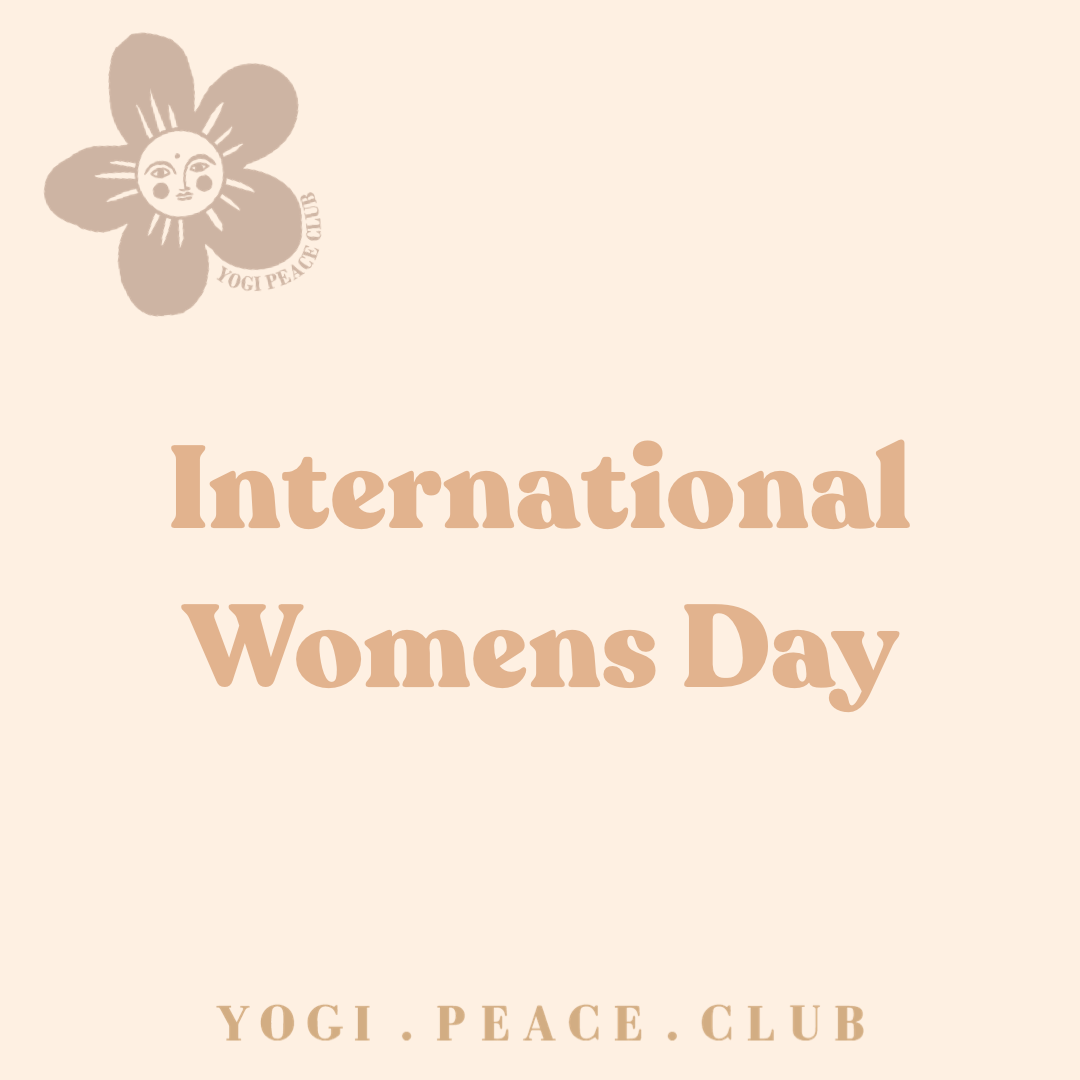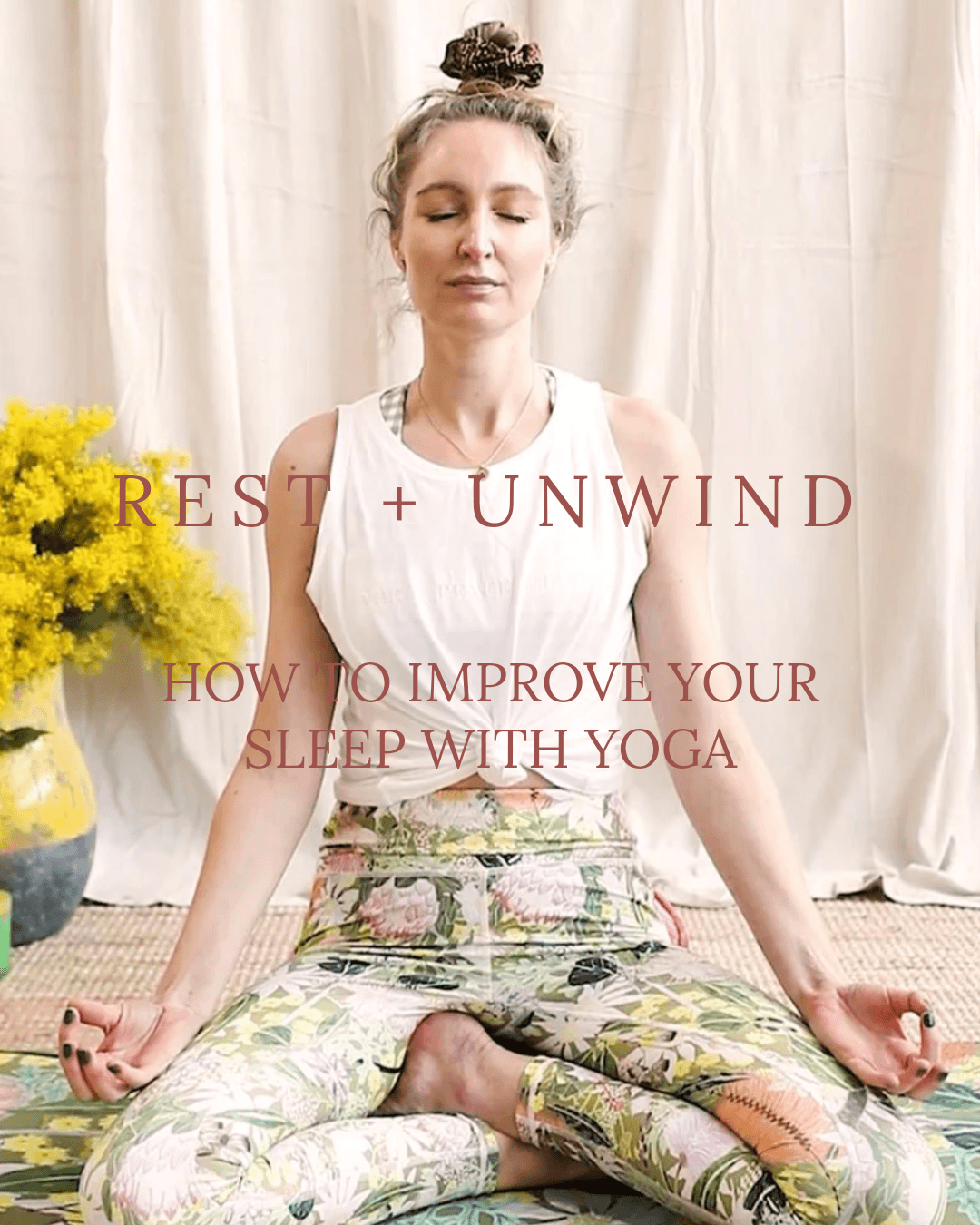Our Guide To Winter Solstice


This year we celebrate the Winter Solstice on the same day as International Yoga day. We see many parallels between these two auspicious dates on the Yogi calendar.
The winter solstice marks the point at which the southern or northern hemisphere is tilted furthest away from the Sun. On Tuesday, June 21, the Southern Hemisphere will experience its shortest day and longest night of the year. Tasmania in the south of Australia will only see 9 hours of sunlight on Tuesday, marking it as the darkest state in Australia on that day.
In the Southern hemisphere, Winter solstice this falls on June 21 this year, while in the northern hemisphere it usually occurs on either December 21 or 22.
The Solstice differs from the equinox. The spring and autumn equinoxes occur when the Sun appears directly above the equator, leading to days and nights being roughly equal in length.
The Solstice is an opportunity to surrender to the darkness while we begin to open to the light and longer days.

In terms of meeting this gradual shift in moving towards the light, winter solstice yoga practices usually include Surya Namaskar A (Sun Salutations) and restorative or hip-opening yoga postures.
Here is our Yoga Pose Guide for Winter Solstice:
Three rounds of sun salutations Surya Namaskar A warm the body.
Standing Poses Hip Openers: Warrior 2, Side angle pose and Trikonasna each side and hold for 5-10 breaths
Restorative hip openers such as pigeon or baddha konasana.
Finish with a supported savasana as Solstice is a time of rest and integration. Taking this posture for an extended period will allow you to integrate the experiences of the last six months, and allow you to gather your energy for the year ahead.
You can download our Peace Flow for some more yoga poses.


Here is our Mudra for Winter Solstice:
To harness the essence of the winter solstice you could trying using the Gyan Mudra in your meditation as a way of connecting to yourself and your inner wisdom.
“Gyan” or “Jñana” is a Sanskrit word meaning “knowledge, wisdom”.
And for those who are new to the jounrey of yoga or meditation, a mudra is a symbolic or ritual hand gesture.
When placing hands on the thighs or knees, the Gyan Mudra is done with palms facing up. The Gyan Mudra is most often done sitting, for meditation or pranayama. It allows us to be open to connecting our Individual Self to our greater Self and the Universe that is greater than us.
Enjoy your journey out of the darkness and into the light.






